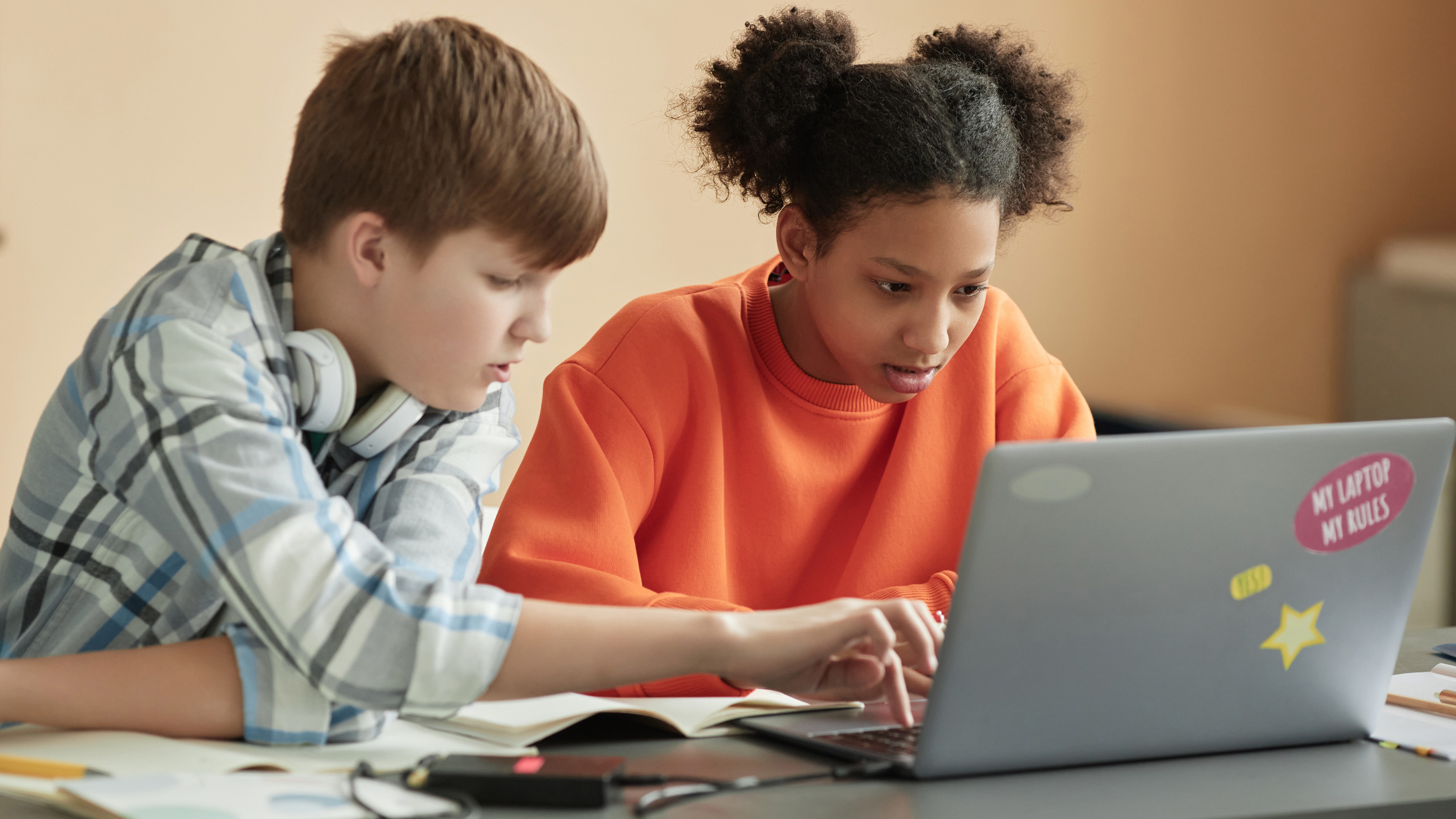Empowering Filipino Students: How Tech-Infused Project-Based Learning is Shaping the Future

In today's rapidly evolving digital landscape, equipping Filipino students with both subject matter expertise and essential technological skills is more crucial than ever. Project-Based Learning (PBL) offers a dynamic approach to education, and when thoughtfully integrated with technology, it becomes a powerful catalyst for student engagement, creativity, and future-readiness. This isn't just about using gadgets in the classroom; it's about fundamentally reshaping how students learn and demonstrate their understanding.
The Power of Project-Based Learning
PBL, at its core, involves students tackling real-world challenges through in-depth projects. Instead of passively absorbing information, they actively research, collaborate, and problem-solve. This hands-on approach fosters critical thinking, communication, and collaboration – skills highly sought after in the 21st-century workforce. Think of students designing a sustainable solution for their community, creating a digital marketing campaign for a local business, or developing a mobile app to address a specific social issue. The possibilities are truly limitless.
Technology as an Enabler, Not Just a Tool
The real magic happens when technology is woven seamlessly into the PBL framework. It’s not about replacing traditional methods; it’s about amplifying them. Technology provides students with unprecedented access to information, tools for collaboration, and platforms for showcasing their work. Consider these examples:
- Research & Information Gathering: Students can leverage online databases, virtual libraries, and expert interviews to gather comprehensive data.
- Collaboration & Communication: Cloud-based platforms like Google Workspace and Microsoft Teams allow for real-time collaboration, regardless of location.
- Creation & Presentation: Students can use video editing software, graphic design tools, and interactive presentation platforms to create compelling and engaging outputs.
- Problem Solving & Simulation: Coding platforms, virtual reality simulations, and data analysis tools allow students to explore complex problems and experiment with solutions in a safe and engaging environment.
Giving Students Agency
Perhaps the most significant benefit of integrating technology into PBL is the increased agency it provides students. By empowering them to choose the tools and platforms they use to express their knowledge, we foster a sense of ownership and responsibility for their learning. They become active creators, not just passive consumers, of information. This intrinsic motivation leads to deeper engagement and a more meaningful learning experience.
Challenges and Considerations for the Philippines
While the potential is immense, implementing tech-infused PBL in the Philippines requires careful consideration. Access to reliable internet and technology remains a challenge in some areas. Teacher training is also crucial to ensure educators are equipped to effectively integrate technology into their PBL units. Furthermore, curriculum alignment and assessment strategies need to be adapted to reflect the skills and competencies students are developing.
Looking Ahead: A Future-Ready Generation
Despite these challenges, the benefits of tech-infused PBL are undeniable. By embracing this innovative approach, we can empower Filipino students with the skills, knowledge, and confidence they need to thrive in the 21st century. It’s an investment in our nation’s future, creating a generation of innovative thinkers, problem-solvers, and digital leaders ready to tackle the challenges and opportunities that lie ahead. Let's prioritize equipping our educators and students with the resources and training needed to unlock the full potential of this transformative approach to learning.




)

